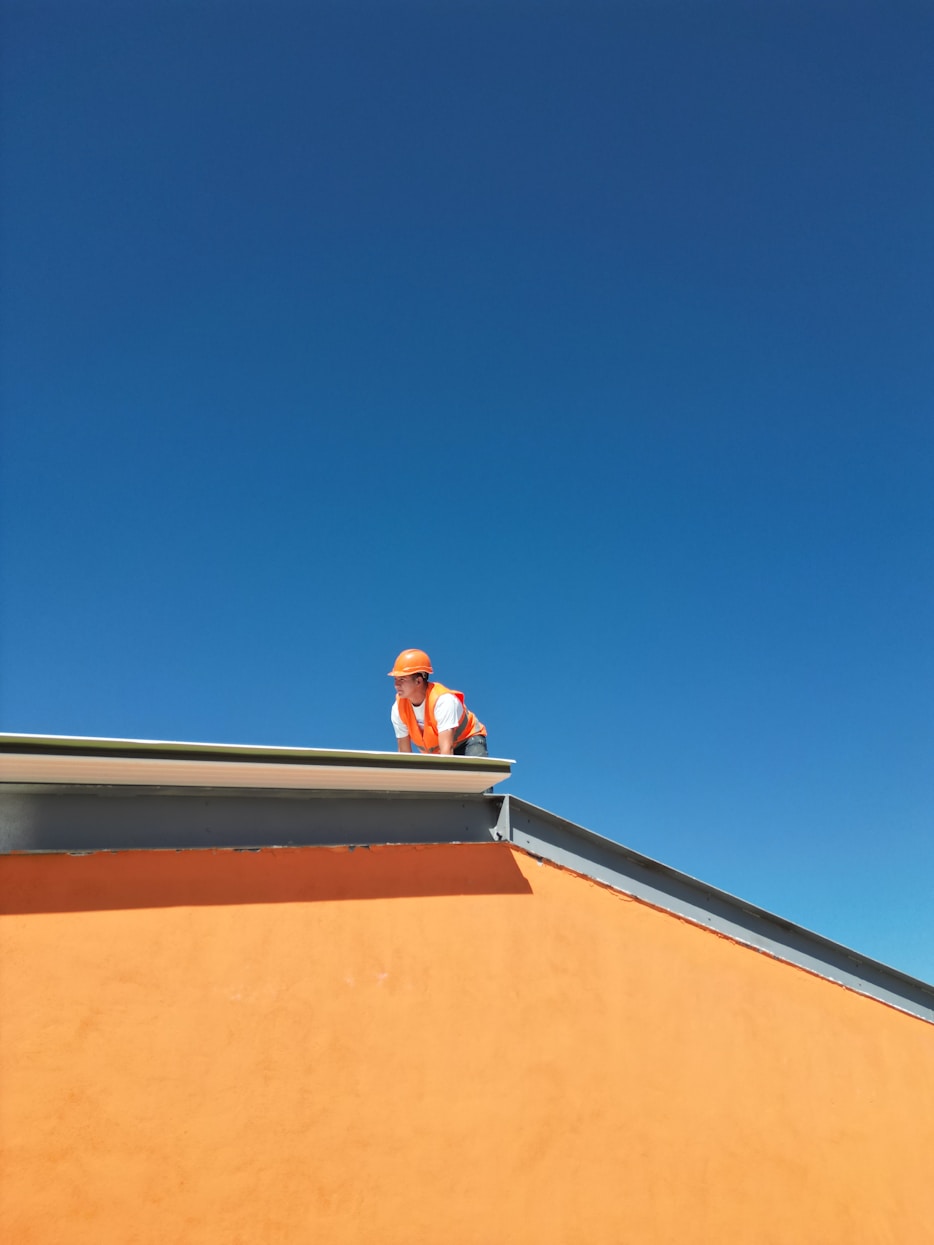When designing or renovating a home, one of the biggest decisions is choosing between a flat roof and a sloped roof. Both have their own advantages and disadvantages, and the right choice depends on your location, budget, design preferences, and maintenance expectations. Below is a comparison to help you decide which one is better suited for your needs.
1. Appearance and Style
- Flat roofs offer a modern, minimalist look
- Sloped roofs have a more traditional and classic appearance
- Sloped designs give homes a more spacious and elevated look
- Flat roofs are popular in urban areas and modern architecture
Choose based on the style you want for your home.
2. Water Drainage
- Sloped roofs allow rainwater and snow to run off easily
- Flat roofs can collect water, requiring proper drainage systems
- Poor drainage on flat roofs can lead to leaks and water damage
In areas with heavy rainfall or snow, sloped roofs are usually more practical.
3. Construction Cost
- Flat roofs are generally cheaper to build
- They require less material and are quicker to install
- Sloped roofs are more complex and can be more expensive
Flat roofs may be cost-effective initially, but long-term maintenance can add up.
4. Maintenance Needs
- Flat roofs require regular inspection and cleaning
- Water pooling or debris buildup can damage the surface
- Sloped roofs are easier to maintain because debris naturally slides off
- But repairs on sloped roofs can be more difficult due to the angle
Flat roofs need more attention, while sloped roofs may need safer access during repairs.
5. Space and Usability
- Flat roofs can be used as extra space — rooftop gardens, solar panels, or terraces
- Sloped roofs usually provide attic space or vaulted ceilings inside the house
Flat roofs offer functional outdoor space, while sloped roofs add usable space indoors.
6. Durability and Lifespan
- Sloped roofs typically last longer due to better drainage
- Flat roofs may have a shorter lifespan if not well maintained
- Weather conditions can affect both types, but sloped roofs handle snow and rain better
In harsh climates, sloped roofs often perform better over time.
7. Energy Efficiency
- Flat roofs can be more energy efficient with proper insulation
- Easier to install solar panels on a flat surface
- Sloped roofs may require more insulation but offer better natural ventilation
Both can be efficient if designed properly, depending on your region and insulation needs.
8. Local Building Codes and Climate
- Some areas have regulations about roof design
- Flat roofs are more common in dry or mild climates
- Sloped roofs are preferred in regions with heavy rain or snowfall
Always check local codes before deciding.
